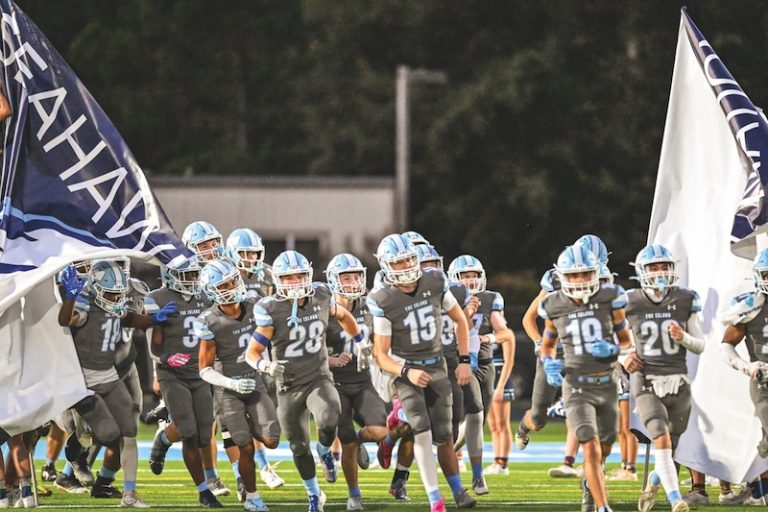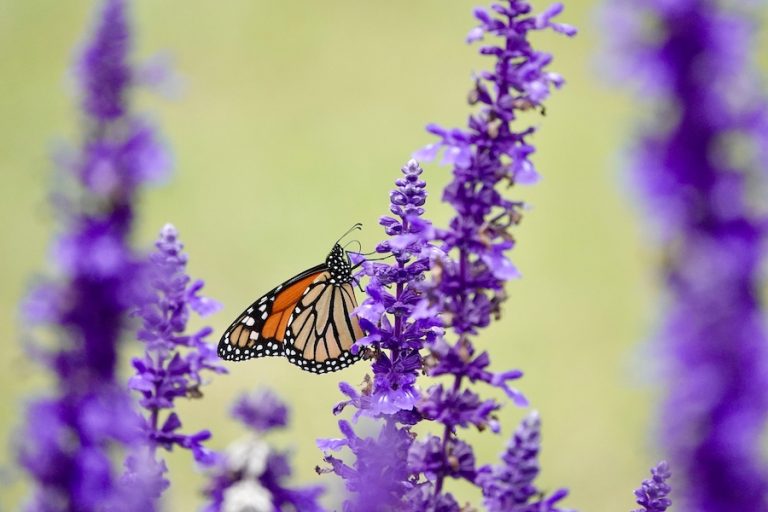A Day with Hilton Head’s Shark Whisperer Chip Michalove
A morning on the water with Chip Michalove reveals the thrill, science and soul of shark fishing in the Lowcountry.
Story and Photography by Chelsea Quinn and Lily Whitener.
Editor’s Note: In honor of Shark Week (July 20-26) we sent LOCAL Life creatives Chelsea Quinn and Lily Whitener on a mission: spend a morning on the water with Hilton Head’s own shark whisperer, Chip Michalove, and bring back a story we can sink our teeth into. Mission accomplished!
There’s something calming about the open water at sunrise, even when you’re heading out to catch sharks. Chip Michalove, one of the country’s top shark fishermen and conservation advocates, invited us to join him for a morning off the coast of Hilton Head Island. We thought we were tagging along to snap a few photos. What we got instead was a crash course in patience, power and the wild rhythms of life offshore.
From bait to blacktips
At 8 a.m. on June 3, the sun rose over Hilton Head Harbour Marina as we loaded up a bucket of frozen bait and headed out with one goal: catch something big. We climbed aboard for a four-and-a-half-hour trip with Chip, a man whose name is just about synonymous with shark fishing in the Lowcountry.
By midmorning, we had already reeled in a few menhaden, small oily fish that play a key role in the food chain. Chip set three lines in the water, one off each side of the boat and one straight down. Then we waited.
A few small Atlantic sharpnose sharks were the first to bite, offering a hint of what might be circling below. Then came the real excitement: two blacktip sharks, strong and fast, each putting up a solid fight before being brought aboard, briefly admired and released. The morning had a relaxed pace, but there was no mistaking the skill behind the scenes. Chip made it look easy, but every move came from years of practice.

Hooked on the Lowcountry
Chip’s path to becoming Hilton Head’s shark whisperer didn’t start anywhere near the ocean. He grew up in Kentucky and moved to the island with his mom in 1989. It didn’t take long for him to trade freshwater for saltwater, and he never looked back.
He fished from the beach as a teenager, drawn to the power and mystery of sharks. Over time, he figured out the currents, the migration patterns and the water conditions. He says that deep understanding is what keeps him here. “I’ve figured out where they are, the migration routes, the water temperature and the water clarity, so going somewhere else doesn’t really interest me,” he said.
These days Chip is known for catching some of the biggest sharks in the region, including a 16.5-foot great white weighing over 3,000 pounds.
Everything changed when a photo of him touching the nose of a great white went viral. Before that, he had hooked a few but lost them, and most people didn’t believe his stories. But when he finally landed one and shared the proof, it caught fire. Scientists reached out. Sponsors took notice. Suddenly everyone wanted to know the guy catching great whites off Hilton Head. For Chip, it was never about fame. It was about proving what he knew was possible — and doing it again.

Tracking the giants
What sets Chip apart isn’t just the size of the sharks he catches. It’s what he does afterward.
For years he has partnered with the Atlantic White Shark Conservancy to tag and track sharks, helping researchers study their movements, preferences and migration patterns. One of his tagged great whites swam all the way from Mexico to Nova Scotia, a journey that made national headlines.
He says the partnership works because the conservancy shares his respect for these animals. “They actually care,” he said. “They want to learn.”
Tagging has become a big part of Chip’s work. He always releases the big sharks, especially the great whites. Smaller catches are used with care to help keep the operation going. But the data he collects from tagging has made him a sharper fisherman. He now knows what water temperatures sharks like, where they move throughout the year and when they’re most likely to show up. That knowledge shapes every trip.
More than anything, Chip wants people to understand these animals. His appreciation for sharks is obvious, not just in the way he talks about them, but in the way he handles them, protects them and helps others see them with new eyes.

Five sharks you’re most likely to encounter in local waters this July
Sharks are a regular part of Lowcountry waters, especially in the heat of July. From sleek inshore swimmers to high-flying hunters, these fascinating fish are more common than you might think. Here are five species you’re most likely to spot or catch this time of year.
1. Atlantic Sharpnose Shark
One of the most common sharks in the area, especially inshore. These small, slender sharks often turn up in creeks and estuaries and are a frequent catch for local anglers.
2. Atlantic Blacktip Shark
Abundant near sandbars and bait balls just off the beach. Known for their acrobatic jumps while chasing fish, they’re exciting to watch and even more thrilling to reel in.
3. Bonnethead Shark
A familiar sight in shallow tidal creeks and flats. With their shovel-shaped heads, they’re often mistaken for young hammerheads, but they’re a species all their own.
4. Spinner Shark
Often seen leaping and spinning through the air, especially where schools of baitfish gather. They live up to their name and are hard to miss when they’re feeding.
5. Sandbar Shark
Lurking near coastal drop-offs and inlets, these sharks are thick-bodied and powerful. They’re sometimes confused with bull sharks but tend to be more mellow in behavior.









